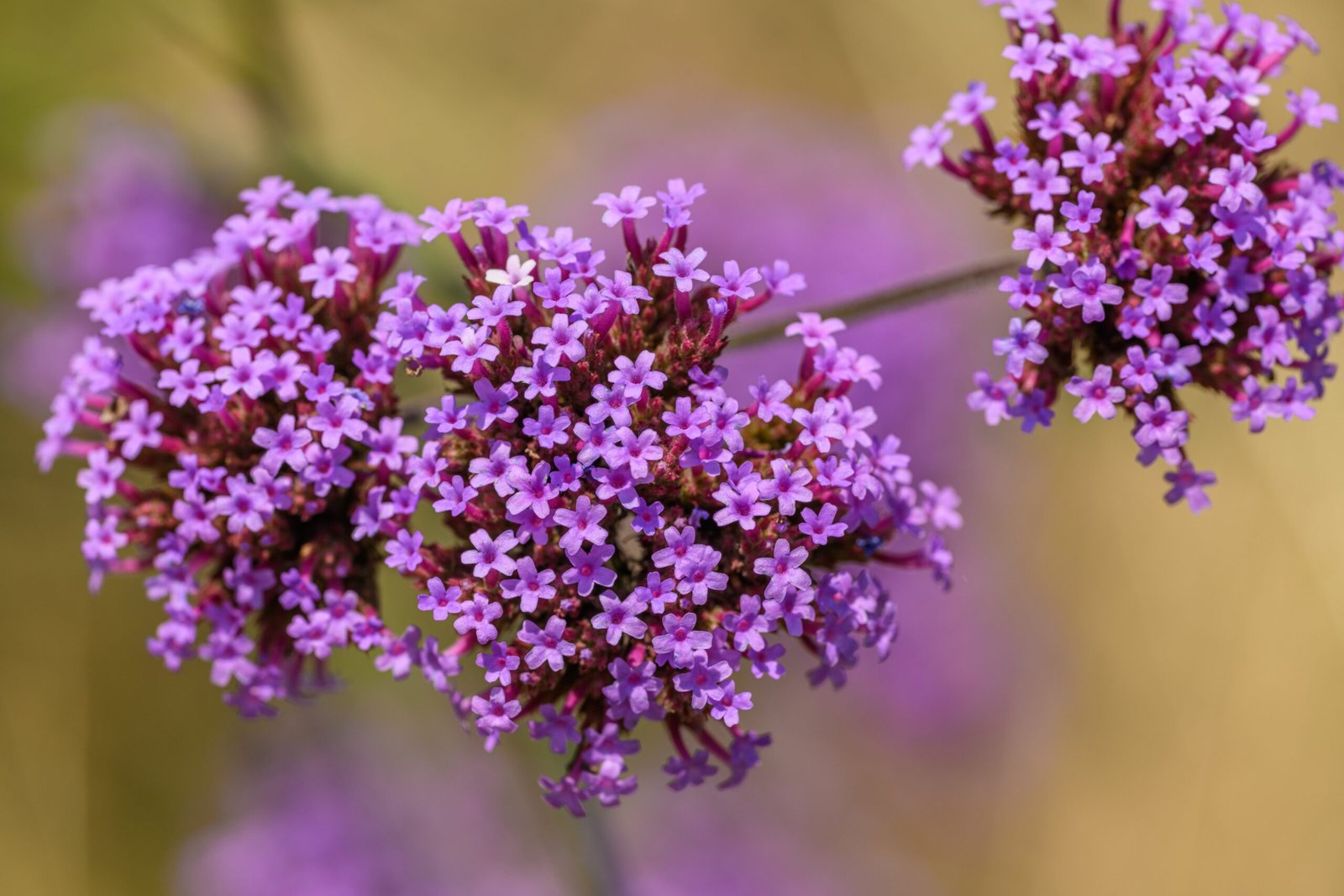- Lotus: How to Plant, Grow and Care for Lotus - 3 November 2023
- Zinnia: How to Plant, Grow and Care for Zinnia - 3 November 2023
- Coreopsis: How to Plant, Grow and Care for Coreopsis - 3 November 2023
Verbena is a vibrant and colorful flower, known for its clusters of small blooms that attract butterflies and hummingbirds.
About Verbena:
Verbena is a diverse group of plants that includes many different types. Common varieties include Homestead Purple, Lanai, and Tapien Verbena, each with its own unique characteristics and growth habits.
Verbena has an annual life cycle and blooms from spring to fall, providing a prolonged period of colorful blossoms.
Characteristics:
Verbena is known for attracting bees, butterflies, and hummingbirds, making it a great choice for pollinator gardens. It is also an easy plant to grow and maintain, with minimal care requirements. While Verbena is not edible, it does have a pleasant fragrance. Additionally, some varieties of Verbena have an extended bloom time, providing a longer-lasting display of flowers. It is commonly used as an ornamental plant due to its vibrant blooms and fast growth.
Growing Conditions:
Verbena thrives in well-draining soil and prefers full sun exposure. It is drought-tolerant once established and can tolerate a range of soil pH levels. Verbena is an excellent choice for gardens in hot and dry climates.
Resistance:
Verbena is generally resistant to deer and rabbit damage. However, it may be susceptible to certain plant diseases such as rust, fusarium wilt, downy mildew, and powdery mildew, depending on the specific variety and growing conditions.
| Season | Depth | Height | Spacing | US Hardiness Zone |
|---|---|---|---|---|
| Spring and Fall | 1/4 to 1/2 inches | 12 to 30 inches | 12 to 18 inches | 5 to 11 |
Plant Care Instructions
Light Requirement
Verbena thrives in full sun but can tolerate some partial shade. It does not do well in full shade.
Water Need
Verbena prefers regular watering but make sure the soil dries out between waterings. Overwatering can lead to root rot, so it’s better to underwater than overwater.
Fertilizer
Verbena benefits from regular fertilization. A balanced fertilizer such as a 10-10-10 or 20-20-20 is recommended. If you prefer organic options, you can use compost, well-rotted manure, or organic granular fertilizers.
Pruning
Prune verbena regularly to maintain its shape and encourage more blooms. Deadhead spent flowers to promote new growth. You can also trim back the plant by about a third in late winter or early spring to rejuvenate it.
Toxicity
Verbena is non-toxic to humans and pets, making it a safe choice for gardens.
Common Issues
Common issues with verbena include powdery mildew, leaf spot, and root rot. Ensure good air circulation around the plant to prevent these diseases. Watch out for pests like aphids, spider mites, and thrips. Regularly inspect your plants for signs of infestation.
Culinary Benefits:
- Verbena plants have a delightful aroma and can be used in various ways in the kitchen. They can add flavor to cakes, jellies, ice cream, sorbets, and other sweet dishes.
- The leaves and flowers of Verbena plants are edible and can be a unique addition to salads.
- Verbena oil is often used as a natural food flavoring agent.
- Some species of Verbena, like lemon verbena, have a pleasant citrus flavor that can be used to infuse teas or desserts.
Medicinal Benefits:
- Verbena plants have a long history of use in herbal medicine for their antiseptic, anti-inflammatory, and healing properties.
- They are frequently used to treat skin conditions such as acne, eczema, and burns.
- Verbena oil is utilized in aromatherapy for its calming and uplifting effects, and to relieve stress and anxiety.
- Some studies suggest that Verbena may have potential benefits in managing diabetes and improving kidney health.
- It is also used to treat infections and boost the immune system.
- The plant is additionally used in the treatment of ulcers, ringworm, and other skin diseases.
Companion Plants for Verbena:
- Marigolds: These vibrant flowers not only add a pop of color to your garden but also attract beneficial insects that help control pests.
- Salvia: Known for their striking spikes of flowers, salvias attract pollinators like bees and butterflies, enhancing Verbena’s pollination and overall beauty.
- Lavender: With its soothing fragrance, lavender not only complements Verbena’s aroma but also attracts bees, butterflies, and other pollinators.
- Geraniums: Geraniums have a pleasant scent and their flowers come in various colors, creating a visually appealing companion for Verbena.

